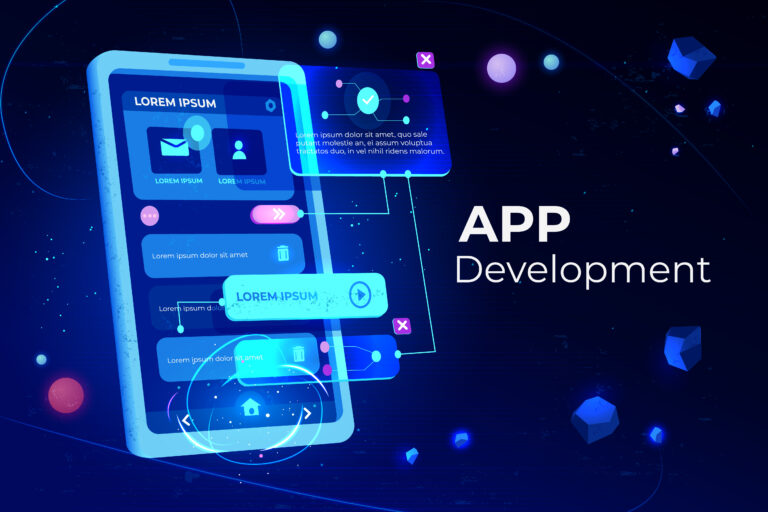
Mobile app development has become a crucial aspect of modern business strategies, enabling companies to connect with customers, streamline operations, and enhance user experience. However, one of the most significant considerations for businesses looking to invest in mobile app development is understanding the associated costs. In this article, we will explore the various factors that contribute to mobile app development cost, helping you gain a clearer understanding of what to expect.
1. Types of Mobile Apps
The first step in estimating mobile app development cost is understanding the type of app you wish to create. Mobile apps can generally be categorized into three main types:
- Native Apps: Developed specifically for a single platform (iOS or Android), native apps offer optimal performance and user experience. However, they can be more expensive due to the need for separate codebases for each platform.
- Hybrid Apps: These apps are built using web technologies and are designed to work across multiple platforms. While hybrid apps may have lower development costs, they can sometimes compromise on performance and user experience compared to native apps.
- Web Apps: Accessible through a browser, web apps are usually less expensive to develop since they do not require platform-specific coding. However, they may lack certain features that native or hybrid apps offer.
2. Complexity and Features
The complexity of your app significantly impacts the mobile app development cost. Here are some factors to consider:
- Basic Features: Apps with standard features such as user registration, login, and basic functionality will have lower development costs.
- Advanced Features: Incorporating advanced functionalities such as real-time chat, push notifications, geolocation, payment integration, or social media connectivity will increase the cost.
- User Interface (UI) and User Experience (UX): A well-designed UI/UX is essential for user retention and satisfaction. Investing in professional design can enhance the app’s appeal but will add to the overall cost.
3. Development Team
The choice of your development team plays a significant role in determining mobile app development costs:
- In-House Team: Employing a dedicated in-house team may be cost-effective in the long run, especially for large organizations. However, the initial investment in hiring skilled developers, designers, and project managers can be high.
- Freelancers: Hiring freelancers can be a flexible and cost-effective option for smaller projects. However, managing freelancers may require additional oversight, and the quality of work can vary.
- Development Agencies: Collaborating with a professional app development agency often ensures high-quality work and access to a wide range of expertise. While this option can be more expensive, agencies typically offer comprehensive services, including design, development, and post-launch support.
4. Geographic Location
The geographic location of your development team can significantly influence mobile app development costs. For example:
- North America: The average hourly rate for app developers can range from $100 to $250, making it one of the most expensive regions for app development.
- Europe: Developers in Western Europe typically charge between $50 to $150 per hour, while Eastern European developers may charge even less, offering a balance of quality and affordability.
- Asia: Countries like India and the Philippines often have lower development costs, with rates ranging from $20 to $70 per hour. This can be an attractive option for businesses seeking to minimize costs while still achieving quality results.
5. Maintenance and Updates
It’s essential to factor in ongoing maintenance and updates when considering mobile app development costs. After launching your app, you will need to budget for regular updates to ensure compatibility with new operating system versions, fix bugs, and introduce new features. Depending on the complexity of your app, maintenance costs can range from 15% to 20% of the initial development cost annually.
6. Marketing and Launch Costs
In addition to development costs, businesses must also consider the expenses associated with launching and marketing their app. This may include:
- App Store Fees: Publishing on platforms like the Apple App Store and Google Play Store involves fees, which can range from $25 (one-time fee for Google Play) to $99 per year for the Apple App Store.
- Marketing: A marketing budget is essential for promoting your app, attracting users, and gaining visibility in crowded app marketplaces. Costs can vary widely based on the marketing strategy employed, from social media advertising to influencer partnerships.
Conclusion
Understanding the various components that contribute to mobile app development cost is crucial for any business looking to invest in this technology. By considering factors such as the type of app, complexity, development team, geographic location, and ongoing maintenance, you can create a realistic budget that aligns with your goals. Ultimately, investing in a well-developed mobile app can lead to significant returns in terms of user engagement, customer satisfaction, and overall business growth.